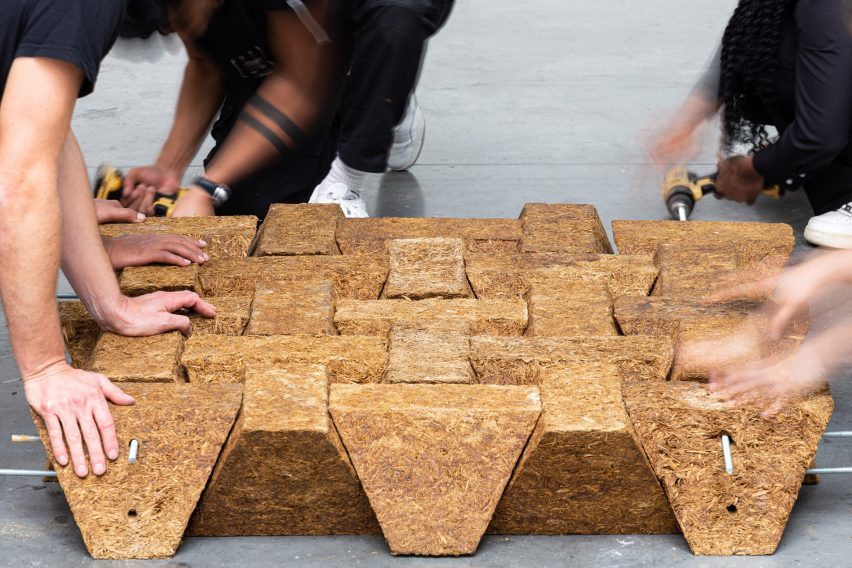Unveiling the Eco-Friendly Innovation
The construction industry is confronted with a significant challenge: reducing its carbon footprint while maintaining performance. However, researchers at the University of East London (UEL) present a promising solution derived from an unexpected source – sugarcane waste. This residual material, known as bagasse, is repurposed to create an eco-friendly construction material named Sugarcrete, which has recently earned the international Climate Positive Award.
The Birth of Sugarcrete
UEL’s innovative creation, Sugarcrete, is poised to revolutionize the industry with its eco-friendly credentials and impressive structural qualities. The cultivation of sugarcane generates substantial quantities of bagasse, a fibrous byproduct often discarded or incinerated. Recognizing the untapped potential in this waste, researchers devised an innovative approach to repurpose it into a valuable resource. This process combines bagasse with specialized mineral binders, resulting in a lightweight yet sturdy construction material.
The Sweet Benefits of Sugarcrete:
Compared to traditional concrete, Sugarcrete offers several key advantages:
- Sugarcrete excels in environmental sustainability by emitting up to 20 times less carbon than traditional concrete.
- It holds a Lightweight Advantage, weighing approximately four times less than concrete, reducing transportation emissions and minimizing stress on structures during construction.
- Despite its lightness, Sugarcrete meets or exceeds industry standards for fire resistance, compressive strength, and thermal conductivity, showcasing Strength and Durability.
- Its Modular Efficiency shines through the use of interlocking blocks, enabling easy assembly and disassembly.
Looking ahead, ongoing research aims to enhance Sugarcrete’s acoustic properties, durability, and structural applications. Collaborations with firms like Grimshaw are advancing real-world implementation, as demonstrated by prototype floor slabs. UEL’s Sugarcrete promises a more sustainable construction future through innovative practices and waste repurposing.







